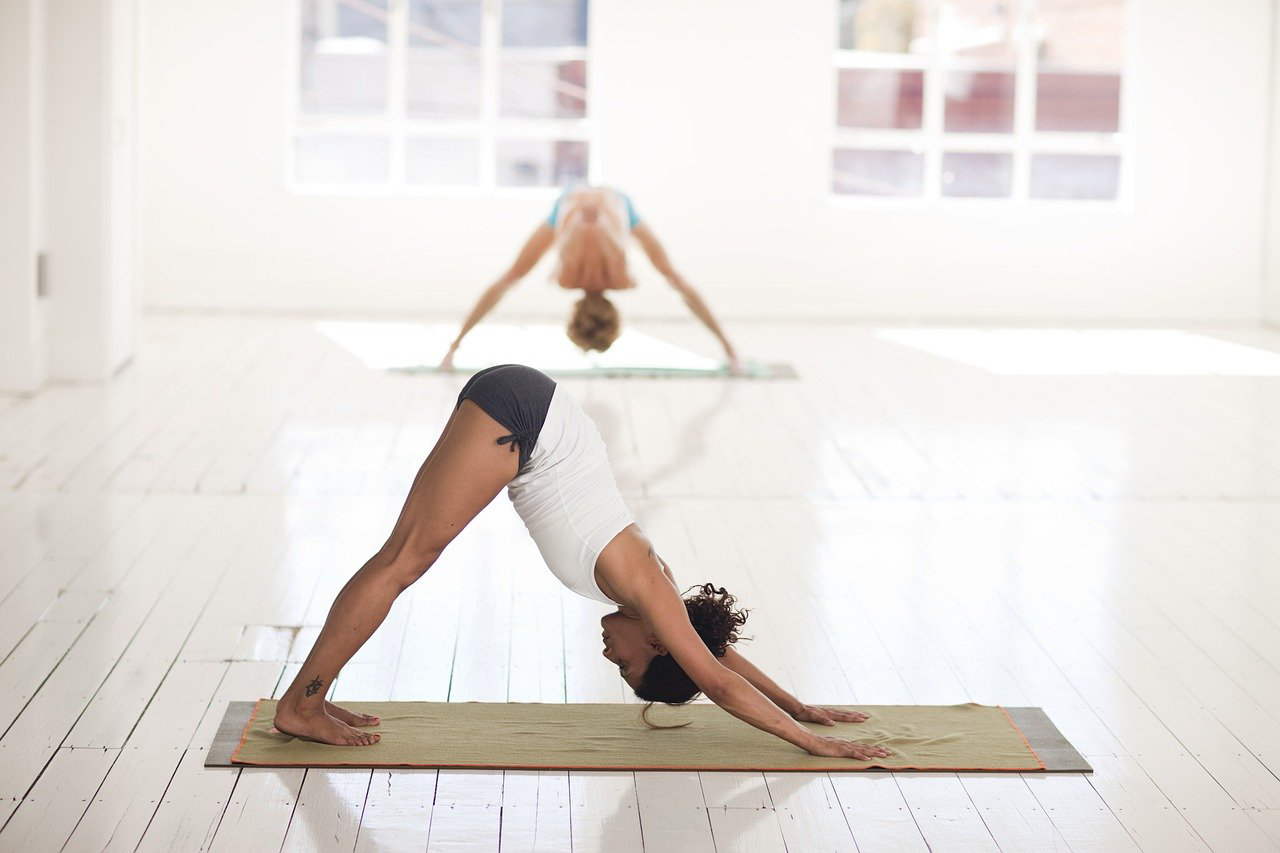Through Joseph Pilates methods, there are six key principles of Pilates. Although other Pilates schools may also include coordination, stability, and stamina to the list, the main six are as follows:
Control
Control is the main focus of all parts of Pilates exercises. By moving with control within each exercise and transitioning to the next, your main muscles will be working harder as well as recruiting your synergist (smaller) muscles to help stabilise your movement improving coordination and balance.
Breathing
Controlling your breathing is essential to Pilates movements. Encouraging breathing wide and full into your lungs expanding into your ribcage. By expanding the rib cage (breathing into the back and sides of our ribcage too) you are breathing laterally increasing the capacity for oxygen intake, facilitating the use of muscles around the rib cage improving mobility. The breathing, through the use of timing, can also help an exercise as well as with correct breathing aid relaxation.
Precision
Combining control and and spacial awareness helps to perform each exercise correctly, preventing injury and helping you get the most from your workout.
Centering
Each movement in Pilates involves movement around your centre point in your body. As you begin an exercise you inhale to prepare, and as you exhale, subtly lift up the pelvic floor and hollow the lower abdominals back towards the spine. Maintain your core position and strong centre throughout each exercise.
Flow
Ensuring your body moves in a flowing movement with control and lengthening away from the strong centre. This also extends to flowing movements transitioning between movements.
Concentration
Concentration in your Pilates practice or classes is key to focus the mind and body. Pilates trains both the physical and mental systems. The connection between the mind and body helps develop the neurological pathways as a two-way communication channel.

